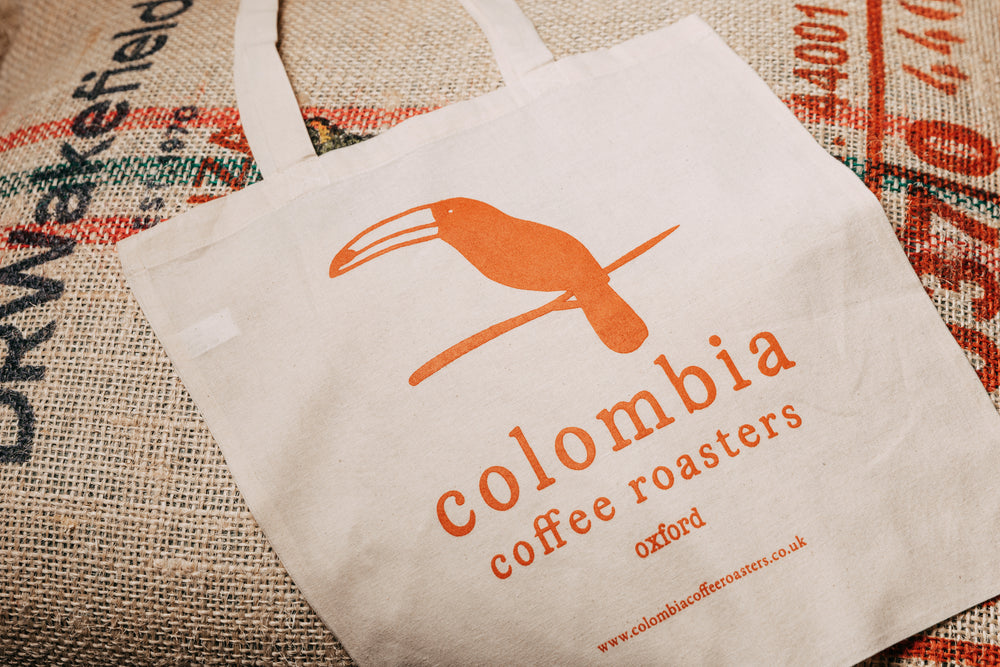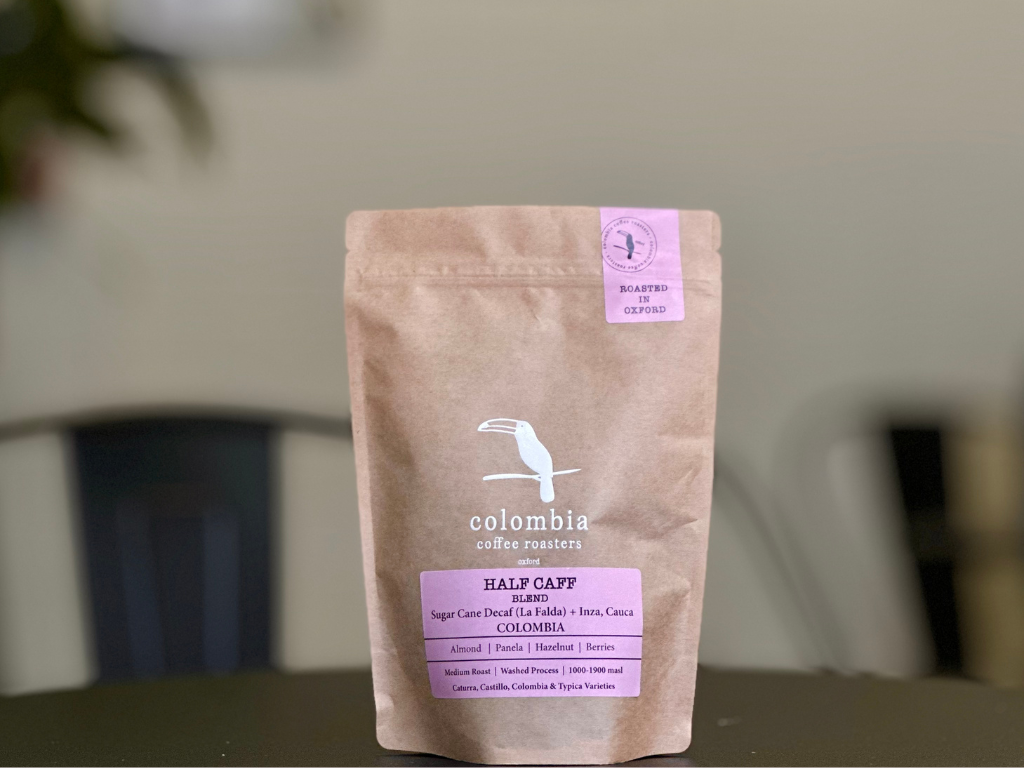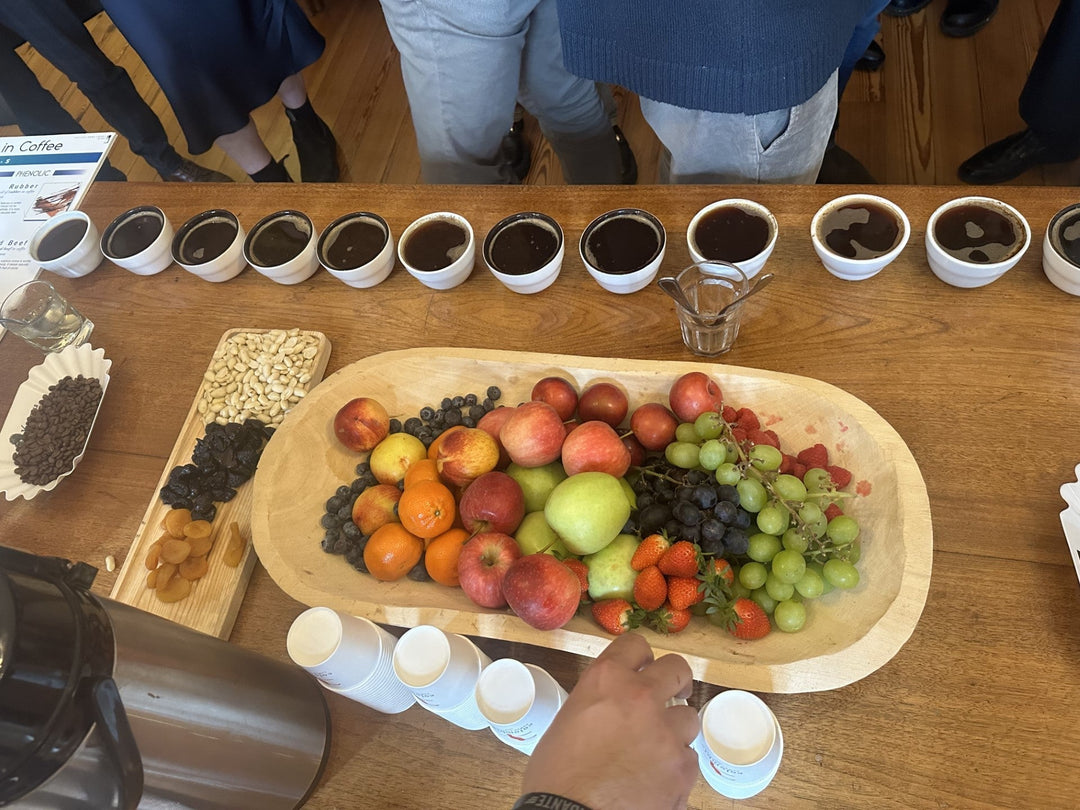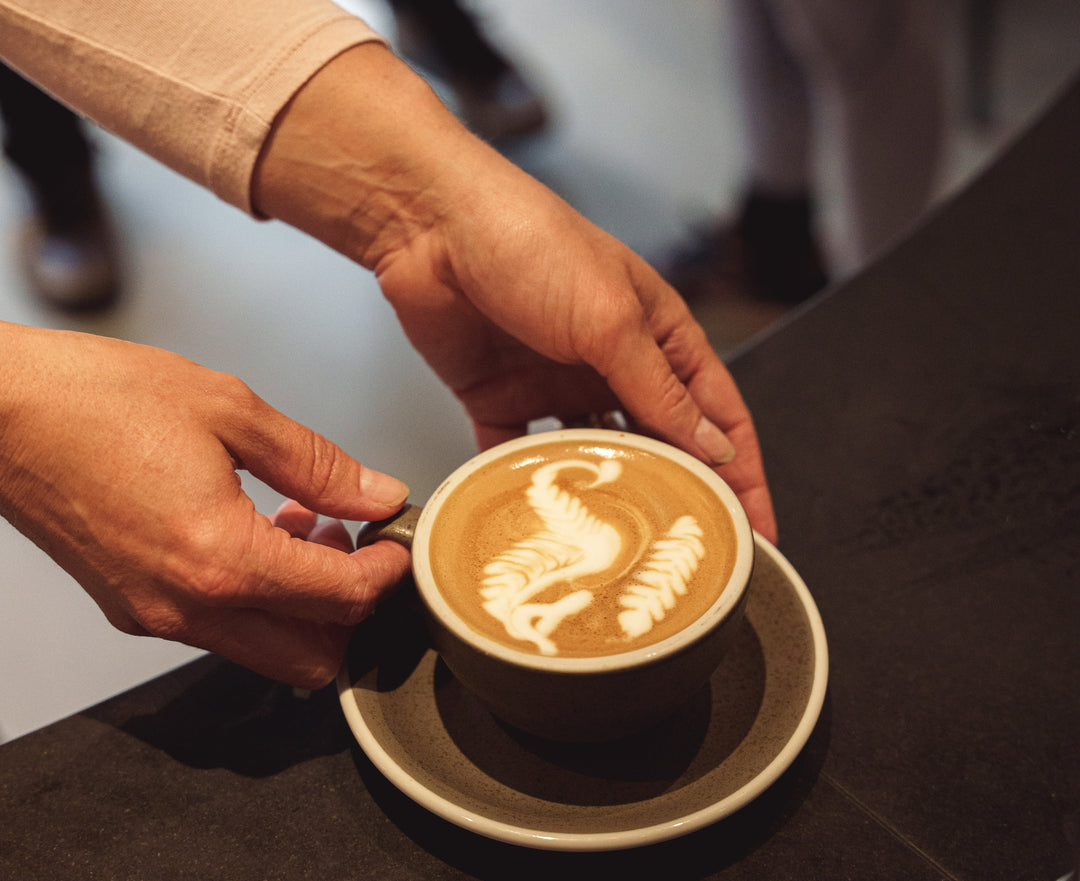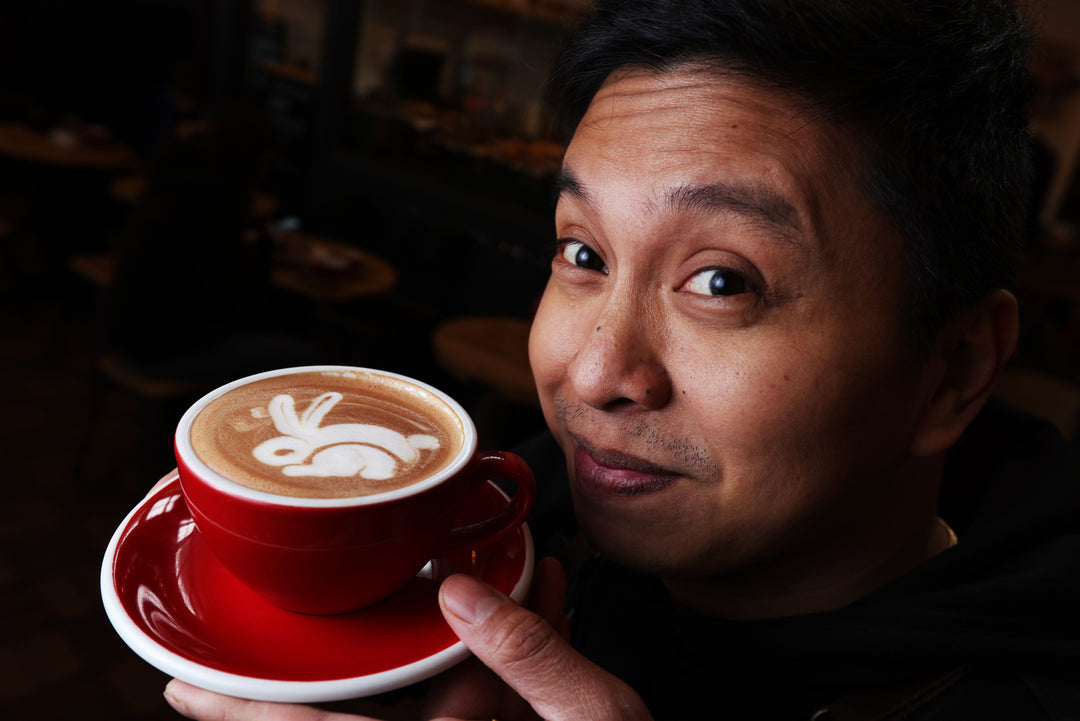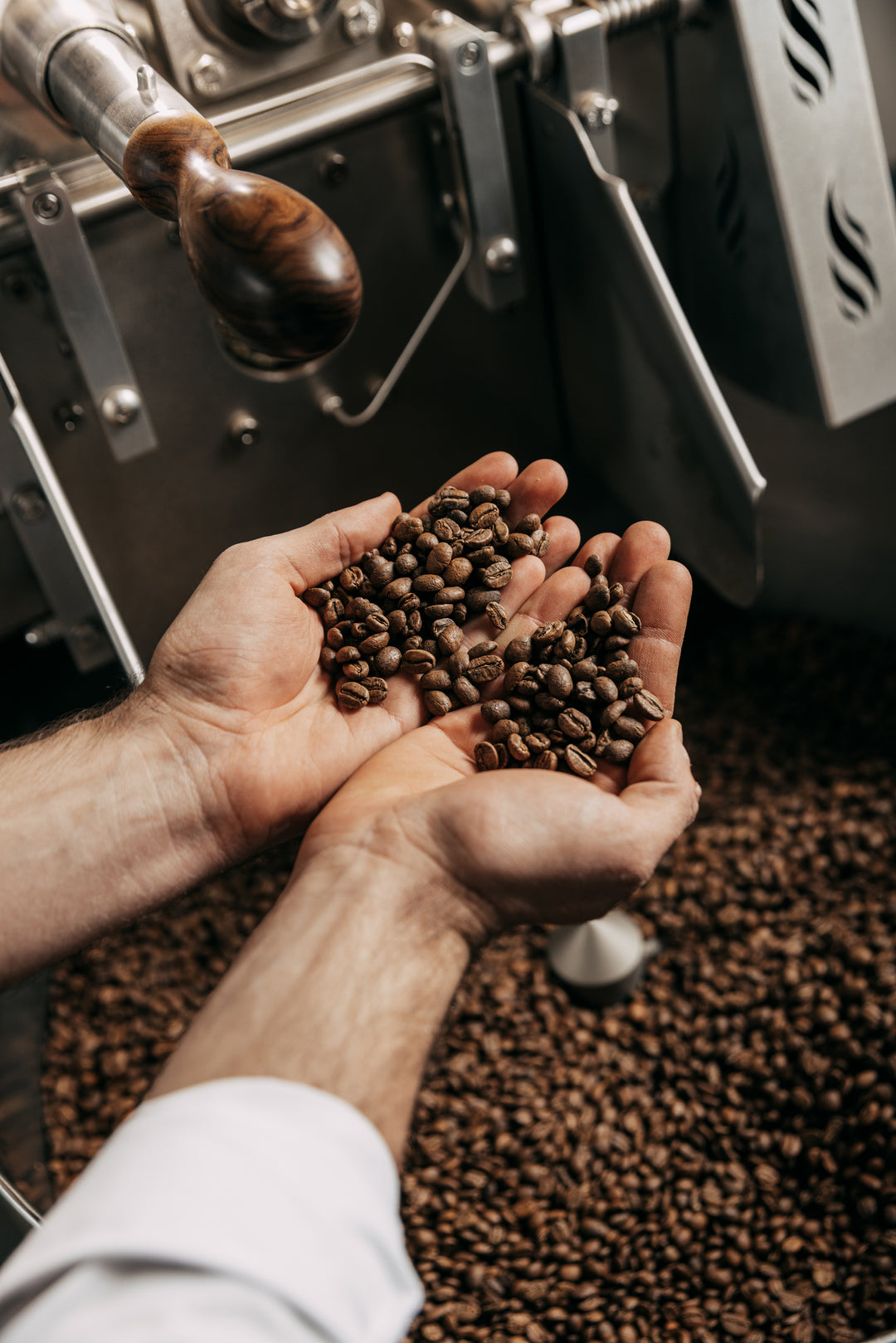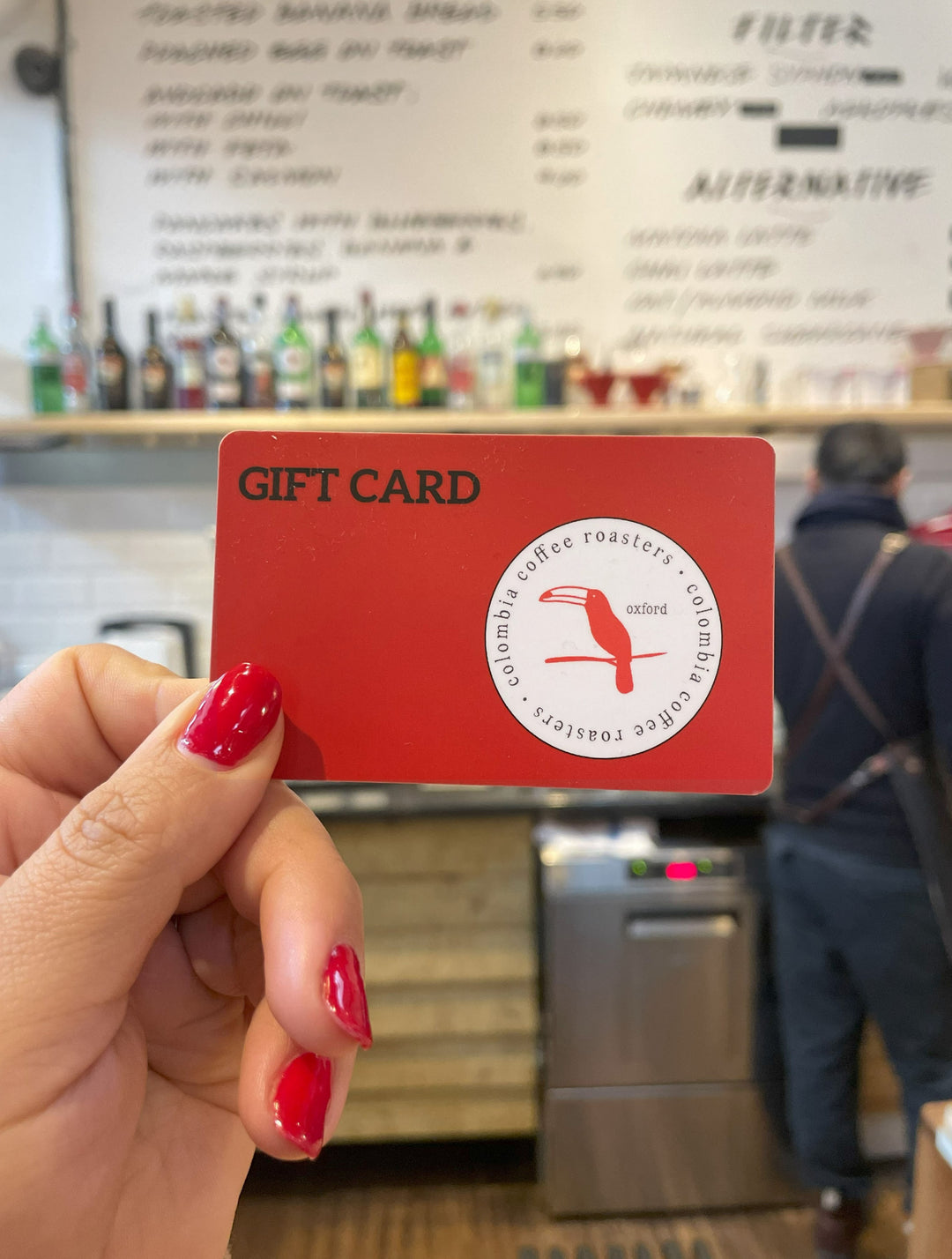What is coffee cupping?
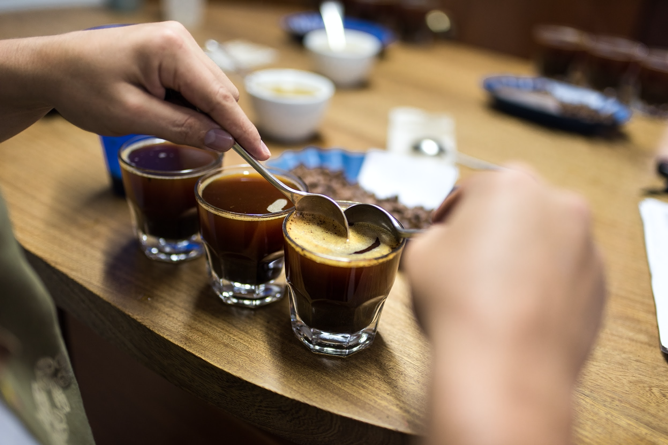
Coffee cupping is one of the most important aspects of quality control that we and others supply chain players use to choose high-quality coffees. For those who know what coffee cupping is, know that it’s an interesting and different way of evaluating coffees. For those who don’t know, well here’s your chance to learn a little more about what all the slurping (aggressive slurping opens your palate to taste more of the coffee) is about! Read on to learn more about coffee cupping!
Coffee cupping is a professional way that allows coffee professionals to objectively evaluate and grade specialty coffee. It’s the equivalent of a wine sommelier. Coffee cupping allows us professionals to evaluate coffee in its rawest form and provides us the opportunity to truly experience the notes and characteristics of each coffee. It also gives us the opportunity to evaluate, reflect, and appreciate the hard work of each coffee producer we work with.
The Specialty Coffee Association has essentially structured and defined the meaning of coffee cupping and the protocols associated with it.
Cupping is done with a deep bowl, soup-style spoon and a cup that carries 210ml of water with a top diameter of 80mm. The process is essentially a sensorial analysis of the fragrance (dry smell), aroma (wet smell), and taste (flavor, acidity, body, cleanliness, balance, etc). A physical analysis of the green beans is typically done prior to sample roasting but for the purpose of this article we will mostly focus on the sensorial aspect.

Protocol
Protocol for coffee cupping consists of a unique flow and process that must be followed in order to achieve the best physical and sensorial analysis.
The physical analysis is essentially the method that allows the cuppers to evaluate defects and the physical structure of the bean. Protocol for the sensorial analysis is strict and requires that cuppings be done in this order:
- Fragrance - the dry smell allows us to catch initial fragrances that come from the beans when they are grinded.
- Aroma - the wet smell allows us to catch aromas and begin to understand how the chemical reaction taking place will affect our cup.
- Break - after the aroma, a crust will form as the coffee steeps for 4-5 minutes. Once steeped, the crust will be broken for another phase of smelling the aroma.
- Taste - at about 12 minutes in, the coffees should be cool enough to taste with a cupping spoon. At this point, aggressive slurps are crucial in order to open the palate and really get a sense of the coffees characteristics.
Disclaimer: Cups of hot water are usually prevalent on a cupping table, as well. The reason for this is to clean the spoon every time the spoon is dipped into a coffee. The idea is to avoid contamination between each coffee on the table.

Cupping During Covid-19
As we all take precautions during Covid-19, the idea of cuppings has become a bit trickier. We’ve learned and understood that there are methods that follow protocol but also limit the spread of viruses and bacterias. One method being instead of taking the spoon to your mouth, the spoon is used to take coffee and take it to a small cup where the cupper then “cups” the coffee from the cup rather than the spoon.
We are continuously learning and evolving as we improve our cupping skills. Cupping is truly a great way to understand coffee and we hope you learned something new today!
